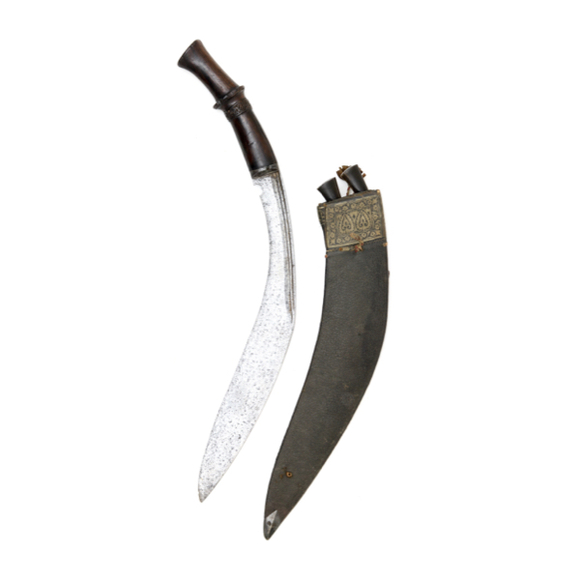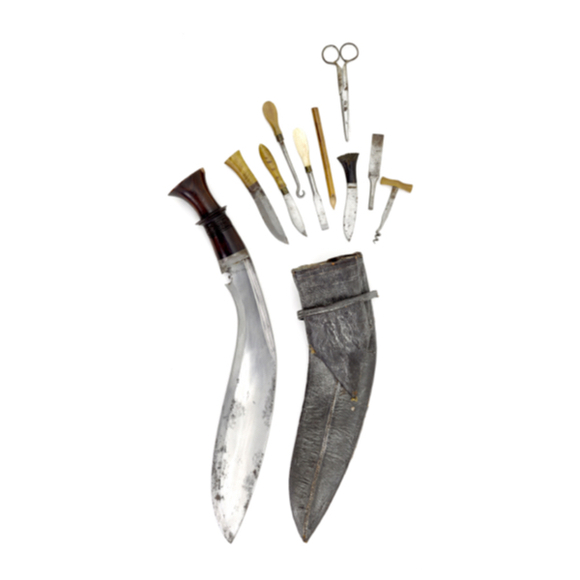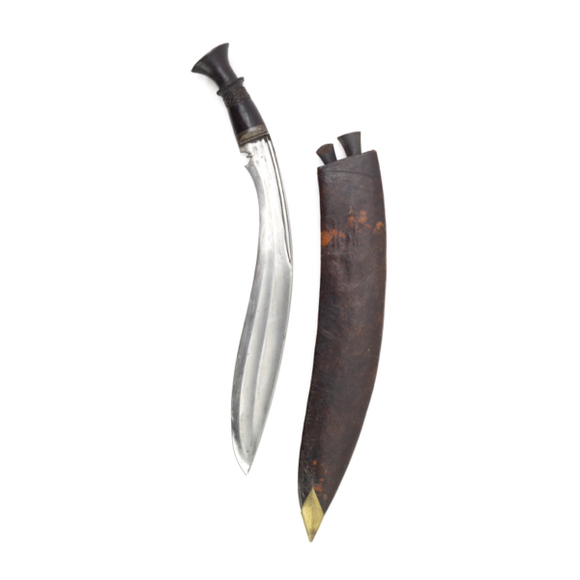Description
The blunderbuss originated in 17th-century Europe. Its name comes from the Dutch word donderbus, literally "thundercan". It is a large caliber gun with a flaring muzzle that was usually used to shoot multiple projectiles, much like the later shotgun. The flaring muzzle made them easier to load, especially in the heat of things.
The blunderbuss was ideal for short range, high damage and was popular on ships and in guerilla warfare.
Asian blunderbusses
In Persia, Afghanistan, Kashmir, and North India, a short blunderbuss was used, known as sher bacha or "lion cub". These often had fine Persian twist-forged barrels.1

Sher bacha with Persian twist forged barrel.
Mandarin Mansion inventory 2024.
A very fine blunderbuss was made for the Tipu Sultan, a.k.a. "the Tiger of Mysore", it is now in the Metropolitan Museum in New York under accession number 36.25.2227.

Blunderbuss of Tipu Sultan.
Metropolitan Museum accession number 36.25.2227.
Chinese in Siam and the Straits of Malacca produced a type of blunderbuss called khang prai in Thai, which the Thai army used to fight the Burmese in the 19th century.2 They were widely traded in the region and also saw much use against the Dutch in Aceh, where they were known as kěmoera.3

A Straits Chinese made blunderbuss.
Sold by Mandarin Mansion in 2022.
These guns were often equipped with English flintlocks or percussion locks, undoubtedly "leaked" into the market by the British to aid the anti-Dutch resistance.
They were primarily used in ambush situations and loaded with shots, stones, shells, or more outlandish ammo like this multi-pointed stalk found in a blunderbuss in Gayo, northern Sumatra.

Blunderbus ammo encountered in Gayo.
Ethnographic Museum, Leiden, accession number RV-3600-669.
Notes
1. Robert Elgood; The Maharaja of Jodhpur's Guns. Niyogi Books, New Delhi. 2020. Page 188. & Baden-Powell; Handbook of the manufactures and arts of the Punjab. Lahore, 1878. Page 285.
2. See glossary article: Khang prai.
3. See glossary article: Kěmoera.






